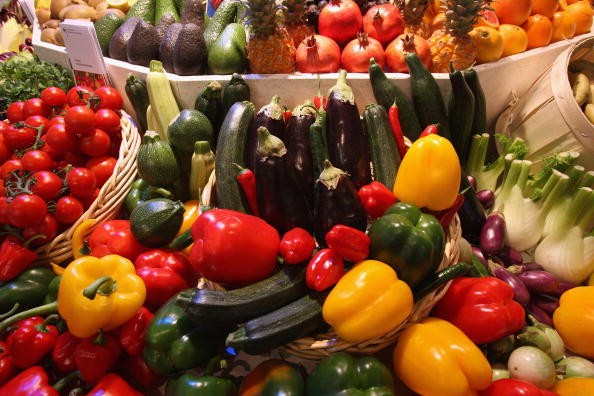
Despite all the health advice, despite all the stuff your mother told you when you were a kid, despite the rise of vegetarianism, Americans are still not eating enough vegetables and fruit. Few Americans eat enough fruit and even fewer eat enough vegetables.
Less than 15% of American adults say they eat enough fruit daily to meet federal guidelines. Only 13% eat the recommended amounts of vegetables each day. Worse, in some states the amount of fruit eaten is abysmally low. We are looking at you, Tennessee, with only 7.5% of your adults eating enough fruit. And you, Mississippi! Only 5.5% of your residents eat enough vegetables. Then again, the 18% of Californians who eat enough servings of fruit-the highest among the states-is nothing to write home about. Only 13% of Californians eat enough vegetables, for that matter.
These findings are from a study called the Behavioral Risk Factor Surveillance System (BRFSS), which is run by the U.S. Centers for Disease Control and Prevention. It is an ongoing telephone survey that collects information on behaviors that effect health and on chronic diseases and conditions. Respondents were asked how often they ate fruits and vegetables during the day and how much they ate. A drawback of the study is that it depends on people being accurate about how much fruit or vegetables they eat.
We are not talking about having to eat pounds of fruits or vegetable. Adults who are moderately active each day should consume 1.5 to 2.0 cups or the equivalent of fruit and 2 to 3 cups of vegetables each day.
"Fruits and vegetables are major contributors of important nutrients that are typically lacking from Americans' diets and they can protect against many leading causes of illness and death like heart disease, stroke and some cancers," said Latetia V. Moore of the National Center for Chronic Disease Prevention and Health Promotion at the CDC. "Eating fruits and vegetables in place of foods that are high in calories, added sugars, and solid fat can also help with weight management." Moore was lead author on the study.
Because the way that statistics are collected on fruit and vegetable intake has changed, there is no way to see if these numbers are any improvement over past years.
You can read the study on line at http://www.cdc.gov/mmwr/preview/mmwrhtml/mm6426a1.htm.



